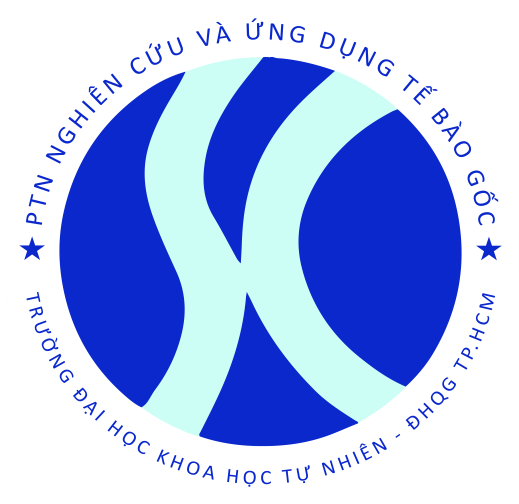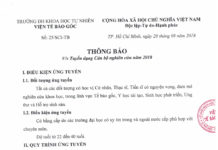Copyright: © 2015 |Pages: 9
Flow Cytometry Data Analysis
Phuc Van Pham (VNU-HCM University of Science, Vietnam)
Background
What is FCM?
FCM analyses cellular characteristics in a manner similar to immunocytochemistry techniques. In immunocytochemistry, cells are evaluated while fixed to a slide, while FCM analyzes cells suspended in a solution. Therefore, the principle of FCM is similar to immunocytochemistry and the flow cytometer is similar to a microscope.
For microscope-based immunocytochemistry techniques each cell is observed and evaluated by human eyes. This presents several limitations. For example, cells are fixed in 2D, making some shape characteristics hard to evaluate. Additionally, the number of cells that can be observed and evaluated is restricted owing to the processing capacity limitations of human eyes and the number of cells on each slide. FCM does not possess these limitations. For FCM, cells are suspended in fluid to retain their three-dimensional structure while their continuous flow across an electronic optical detector increases the rate of data recording.
FCM Principle
How does a flow cytometer evaluate cell characteristics? Electronic detectors record signals from cells and convert them to computerized data, facilitating classification of cells into subgroups with similar characteristics. Signals are produced by focusing a beam of light (usually laser light) of a single wavelength on cells in a stream of fluid. This light is modified by cells and this modified light is recorded by detectors. Usually, there are three kinds of signals recorded: forward scatter (FSC), side scatter (SSC), and fluorescence. Therefore, a flow cytometer usually has at least three detectors collecting signals for FSC, SSC and fluorescence.
FSC correlates with cell volume, while SSC correlates with cellular content or granularity (such as shape of the nucleus, presence of cytoplasmic proteins). Hence, FSC gives information about cell size while SSC gives information about cell complexity. By combining these signals, cells that differ in their size and complexity can be recognized. A fluorescence signal only is created by fluorescent dyes when stimulated by the appropriate wavelength of light. In FCM, fluorescent dyes are typically used to stain nucleic acids or label antibodies that will identify specific proteins.



